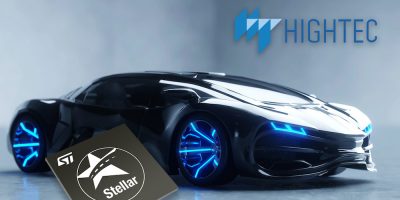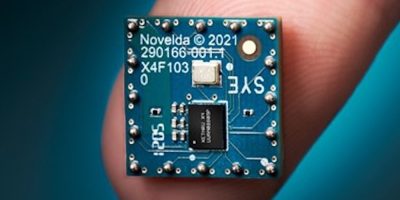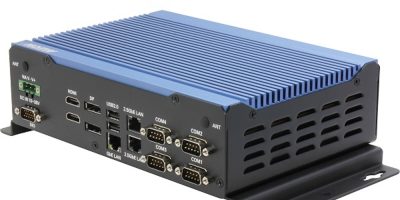Adding to its portfolio of NFC reader ICs, Panthronics announced the PTX105R reader for IoT and consumer electronics devices. It is compatible with NFC Forum specifications and offers accurate digital wave shaping to guarantee interoperability with all NFC-compliant cards, tags and NFC devices in wearable form factors.
The RF output is 1.0W at the antenna and the reader has high receive sensitivity of – 80dBc for reliable connectivity in general electronics systems. The RF performance enables designers to implement designs based on an antenna which is smaller than that required by competing NFC readers, said Panthronics.
The company also announced the PTX130R reader which is an upgraded version of the PTX100R reader IC for point of sale terminals.
It is the first Panthronics reader IC to feature native support for the Android operating environment and provides a way for designers to add NFC communications capability to embedded computing systems built around a touchscreen display.
It is suitable for static and mobile point of sale terminals and can also provide NFC connectivity in embedded computing devices. Typical examples include scanners, automated service points such as self-check-in terminals at hotels and secure access control and home and building automation equipment which has a display-enabled HMI (human machine interface).
RF output is more than 2W at the antenna enabling the PTX103R to comply with the strict requirements of the EMVCo standard for payment card transactions even when operating via an antenna which is placed close to or behind a noisy display, explained Panthronics.
The PTX105R and PTX130R NFC readers, like the PTX100R versions, use the company’s sine wave silicon architecture to offer higher sensitivity, more accurate wave-shaping, higher output power and a simpler hardware implementation than conventional NFC reader ICs based on a square wave architecture, said Panthronics.
For mobile phone and point of sale terminal users, this means operations are completed faster and with easier validation of conformance with standards such as EMVCo 3.1. Panthronics readers also typically offer a read range 40 per cent higher than that provided by conventional readers based on a square wave architecture, Panthronics reported.
Evaluation kits for the PTX105R and PTX130R are available directly from Panthronics. They provide an operating environment including the antenna, to enable design engineers to evaluate NFC performance. Panthronics also supplies an NFC connectivity board based on the PTX105R for the Renesas Quick-Connect IoT rapid system prototyping platform.







